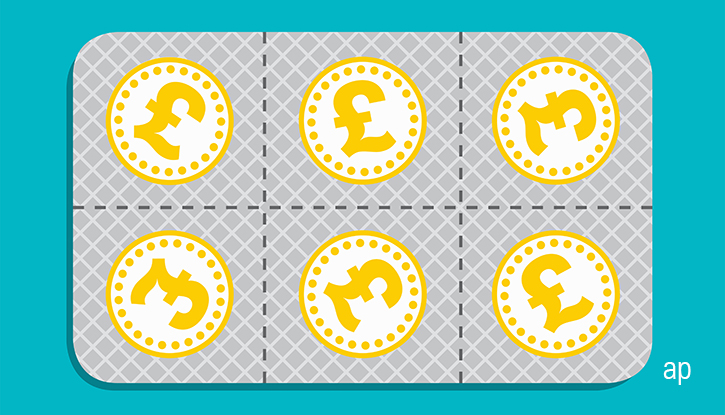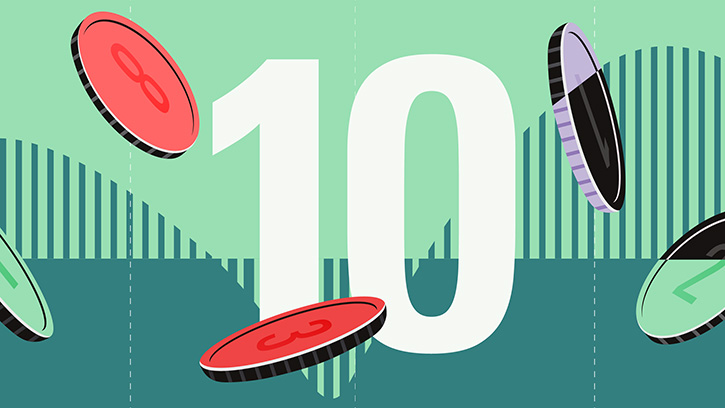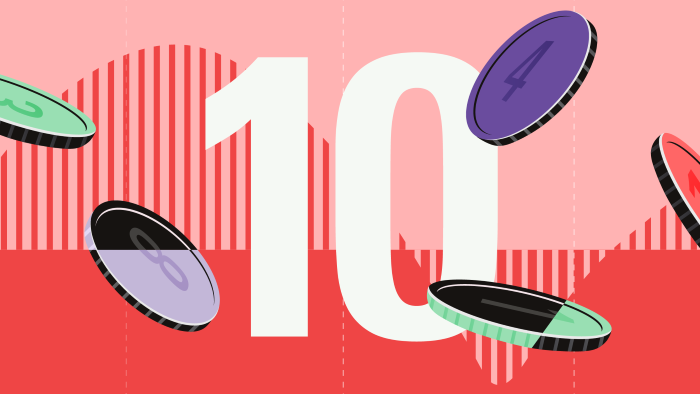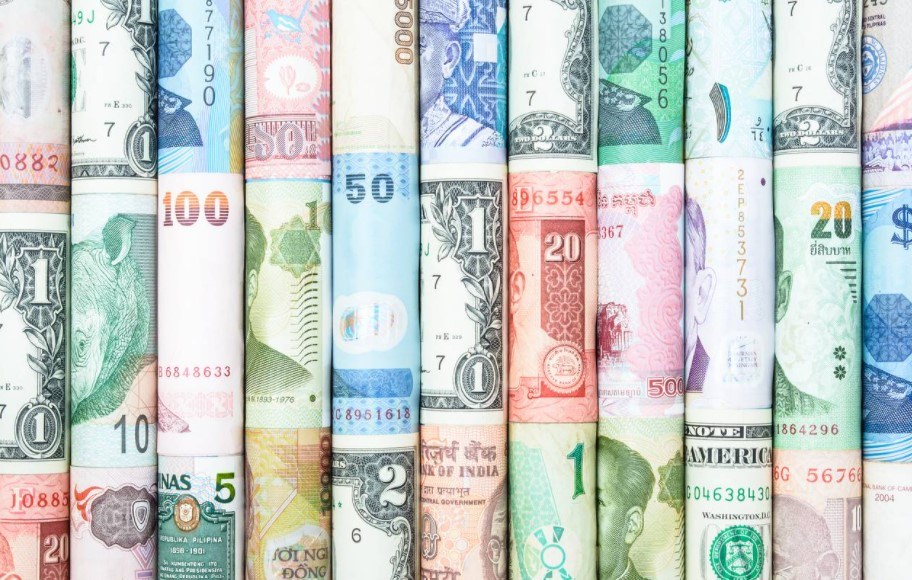
Fund manager Janus Henderson paints a reasonably optimistic picture of the global dividend outlook in its latest report, which shows record payout levels in the first quarter of the year. And the company has also increased its full-year forecast for 2023, with a caveat that dividend growth could slow as the world economy loses momentum. European dividends led the way in terms of year-on-year growth, propped up by special dividends.
Its Global Dividend Index for May reveals that 95% of companies worldwide either held or increased their dividends in Q1, a period that saw a 12% hike in payouts to $326.7 billion. But this total was flattered by special dividends and currency movements, so the underlying growth figure is closer to 3% year on year.
This strong start to the year has triggered an upgrade to Janus Henderson’s full-year forecast for dividends, which are expected to hit $1.64 trillion dollars (€1.53 trillion or £1.33 trillion), 5% higher than last year. Share buybacks are also expected to almost match dividend payouts this year, the report says.
Calendar Quirks
Seaonal variations mean that some regions perform better than others depending on their payout schedules, so let’s look in detail at the geographical differences.
North America naturally takes up a decent chunk of the overall total, making up 40% of last year’s $1.56 trillion worth of payouts. And it’s had another strong quarter with dividends worth $168 billion out of a total of $326.7 billion, a growth rate of 8.6%. That’s less surprising given that US companies tend to spread their payments more evenly throughout the year, whereas regions like Europe tend to “backload” them. As the report explains, the aggregate figure for the US can be misleading: special dividends from the likes of Ford Motor (F) have boosted the headline figures, and the underlying trend shows slowing dividend growth when you focus on ordinary dividends. Still, 97% of US companies in the index held or hiked, higher than the global average, with strong contributions from US real estate, technology and healthcare. Canadian companies' payout growth was even stronger.
In Europe-ex UK, 96% of companies increased or maintained their payouts in the first quarter, which is traditionally a modest period for payouts. Denmark, Germany and Switzerland accounted for three quarters of distributions in Q1, and we saw one-off payments from Denmark’s Moller Maersk (MAERSK B) – the biggest payout in the world in Q1 – and Germany’s Volkswagen (VOW3). These special dividends flattered the year-on-year growth rates, which show a 36% increase on Q1 2022. Strippping out the specials leaves a 0.3% fall year on year in total payouts, which reached $60.3 billion.
Other regional standout companies in dividend terms were France’s Hermes (RMS) and Kering (KER), ING (ING) in the Netherlands, Italy’s ENI (ENI) and Sweden’s Svenska Handelsbanken (SHB A), which was the only Swedish company in the index to pay out. Spain’s payouts were dominated by utilities and oil – while Repsol (REP) was among the big payers, but its focus was on buybacks rather than increasing dividends.
Europe’s best quarters are ahead of it, argues Janus Henderson. “The outlook for the next quarter is positive. Most European companies will pay a single dividend in Q2 on healthy 2022 profits and we expect to report strong dividend growth from the region in our next edition,” the report says.
UK Needs a Good Second Half
In the UK, the total payouts were 2.4% lower than last year at $15.3 billion, but this was largely due to weaker sterling in the period. Overall, UK companies paid out $89.2 billion in 2022, so you can see there is some catching up to do in the next three quarters. Oil companies, which have been introducing billions of share buybacks this year, were dominant among the income paying stocks. No UK companies in the index cut payouts in Q1.
Morningstar’s recent income investing special report week looked at dividends from a local and global perspective. Certainly from the UK angle, it’s clear based on recent fund flows that domestic investors are preferring global exposure for dividends. While do-it-yourself UK stock dividend investing remains popular, on a fund level a consistent trend of outflows suggests UK equity income remains out of favour: my colleagues Sunniva Kolostyak and Michael Born discuss the reasons why in this recent video.
Asia-Pacific, excluding Japan, paid out $23.3 billion, around 7% lower than the same quarter last year. Emerging market companies distributed $17.3 billion in Q1 2023, and specials helped increase this by 22.7%. But cuts from miners in Brazil, India and Mexico.
A Golden Age?
Investors will remember the dividend apocalypse in 2020 as the pandemic sparked a domino effect of cuts and cancellations among income payers. Clearly conditions are more benign than then – for some they will remind people of the riskiness of relying on dividends (a theme I explored in “Is It Time to Ditch the Dividend?”) or a sign of the speed with which companies’ income intentions can bounce back after a crisis.
For Mark Peden, investment manager at Aegon Asset Management, it’s the latter and he argues international income investors are entering a new golden age: “We have now gone from a dividend dilemma to a dividend deluge … the picture is clear – companies are returning record amounts of capital to shareholders. The volatility we saw last year served as a reminder that dividends are typically much less variable than earnings and can provide an important source of total return in challenging markets.”
Ben Lofthouse, head of global equity income at Janus Henderson, is more cautious: “The world economy is slowing as inflation, higher interest rates and tighter financial conditions increasingly impact demand. Profits are under pressure as a result and this will impact dividend growth in due course.
"We hasten to add that dividends are much less volatile than profits over the cycle so any slowdown or outright decline in earnings will have a more muted impact on payouts over the next year or so ... After a strong couple of years, almost all the easy gains from the post-pandemic bounceback have now been made too. This is why dividend growth in 2023 will be markedly slower than over the last two years.”




























